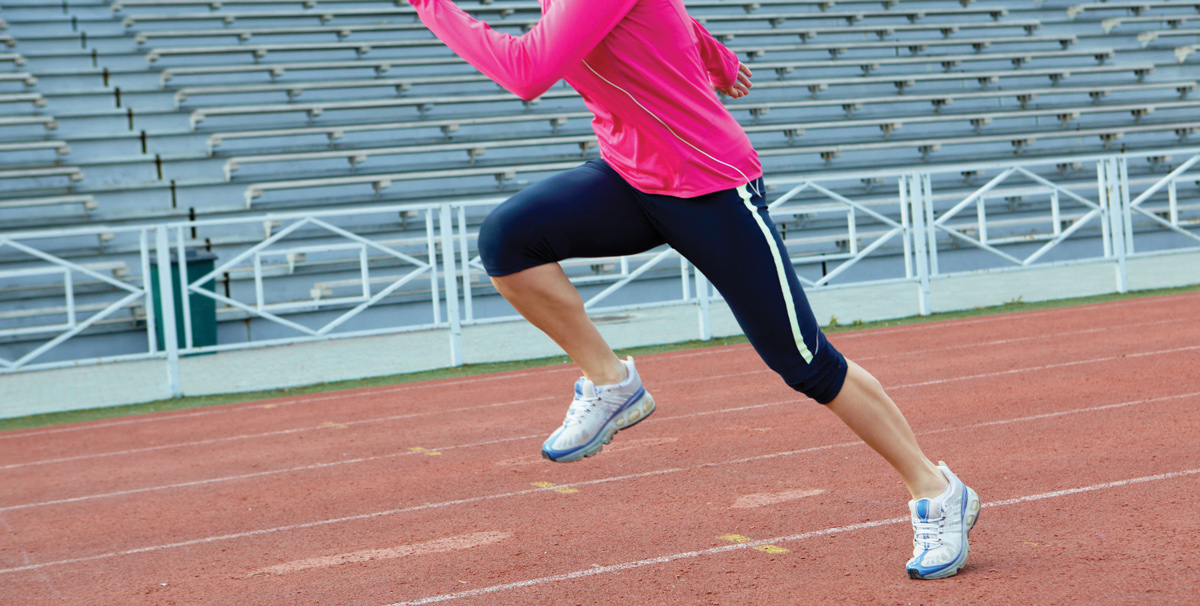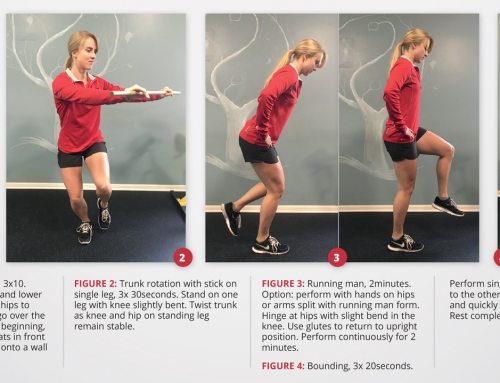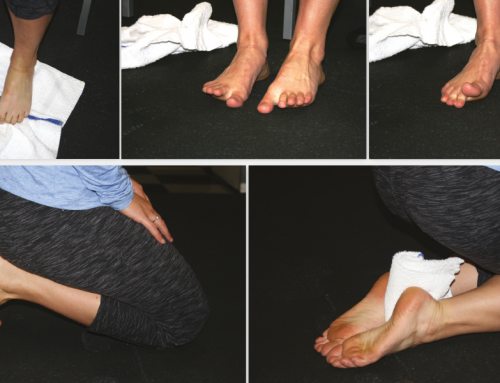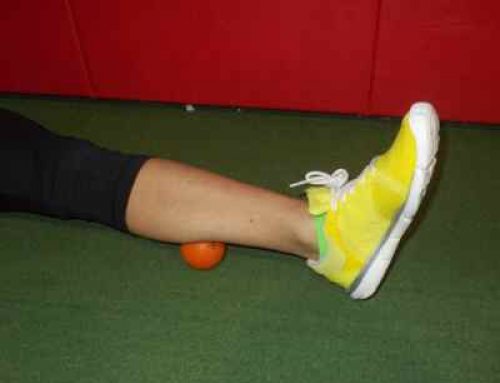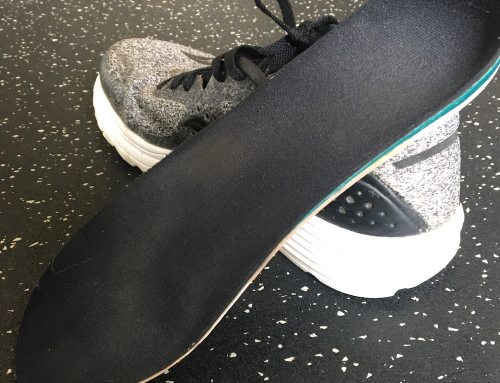By Brian Beatty
In this article we introduce a simple tool, “The Empty Step”, that can help running form. When running, landing each stride well is critical to running comfort, health and performance. A common landing error is over striding. Over striding is when your foot lands in such a way that it negatively impacts running form by creating a braking force instead of helping to move you forward.
The vast majority of running injuries are related to problems of how the foot strikes the ground and how your weight comes onto it. We know there should be a proper foot placement, not over striding and finding comfort and support as we come onto the ground. The challenge is finding the proper place. Research shows that the critical variable is where your foot lands in relation to your gravitational center. It really makes no difference which part of the foot you land. Your foot just needs to be directly under the gravity line of your body when your weight arrives on your foot. Theoretically this sounds clear. Since you are moving forward while running, you just land slightly forward of center. Of course the difference between theory and reality is that in theory there is no difference, and in reality there is. So where do you put your foot?
The Empty Step exercise helps train your body to automatically know the answer to this question. The Empty Step concept is that you make a step forward, placing your foot flat on the ground while it is ‘empty’ of weight. To do this, simply stand in a slight squat position with one foot forward and one foot behind. Slowly shift all of your weight to the forward leg, squatting as much as you need into the forward leg. When you can lift your back leg off the ground without any movement, none at all, in the stance leg or body over the stance leg, you have found the correct position. From this position, lift your back leg, bring it forward and put it down in front of you, with the foot landing flat. At this time you should be able to lift the new front leg, lower it, move it anywhere you want (think hokey pokey) without any movement of the body other than the moving leg. Once you have found this placement, (it will not be a long step), you then shift all of your weight forward to the leg, pause to hold yourself perfectly still, then lift the back leg and take another ‘empty step’.
Practice this little drill and pay close attention to how the idea of an ‘empty step’ is the limiting factor for how far you reach your leg forward. A lower squat (or faster speed when running) gives you a little more forward reach, but you still must train yourself to place your foot only slightly in front of you and then transfer your weight. When your step is truly empty, you have conquered the over striding challenge.
The key part of the exercise is to separate the stepping of the legs and the transfer of the weight. This builds stability on one leg and helps to train the ability bring the leg forward and onto the ground, ahead of the weight. Finding the feeling in walking builds the skills to transfer into running. When running with this feeling, your landing should be soft and light, with your leg is fully prepared for your weight when it arrives. All of your energy can then be devoted to moving you forward and not wasted braking you as you land.
Brian Beatty, PT and the Balanced Movement team are hard at work turning decades of Endurance Athletics experience into online learning platforms. Visit balanced-movement.com/online-landing/ for more Running Strength and Skills.


